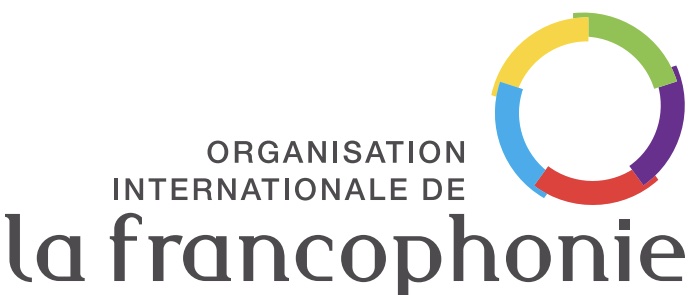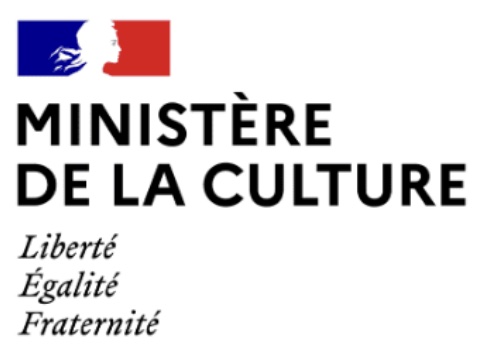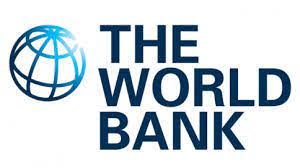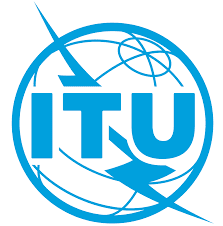ABOUT US
Credits

OBDILCI’s new method for creating indicators of the presence of languages in the Internet began in 2017 and reached version 4.0 in May 2023. It includes a data base interface to view the results. The following is the credits page associated with that new method.
The project has been conducted by OBDILCI with the collaboration, starting from version 2, in April 2021, of the UNESCO Chair on Language Policies for Multilingualism of which OBDILCI is member.
The project has been funded by Internationale Organisation of la Francophonie, for version 1 and 3 and by Brazilian Ministry of Foreign Affairs via Instituto International da Lingua Portuguesa for version 2.
The realization of the data base access and the publication of its methodology in Frontiers Research Metrics and Analytics, has been funded by Délégation générale à la langue française et aux langues de France, from France Ministry of Culture, together with the Permanent Delegation of Brazil to UNESCO.
Our colleague Daniel Prado is to be credited for many founding ideas of the method, since 2012, particularly the idea, of collecting many indirect sources and for using country data crossed with demo-linguistic figures to compensate the scarcity of language figures.
Sources
The indicators of the presence of languages in the Internet are produced by a model developed by OBDILCI and fully described in this peer-reviewed, open data article: The method behind the unprecedented production of indicators of the presence of languages in the Internet. The model makes use of the following sources:
For demo-linguistic data, Ethnologue, a proprietary source, updated once a year.
For percentages of persons connected to the Internet per country, ITU and World Bank, both public sources updated once a year.
For figures about languages or countries on the Internet, a large variety of public direct sources (such as Imminent T-Index) or some indirect sources (such as similarweb.com applied to a series of websites) which are all listed in Supplementary Material.
Indicators
The indicators produced by OBDILCI are accessible under CC-BY-SA 4.0 license, in Excel files from the Main Project section or in form of data base query in https://obdilci.org/Base. The results from Version 3.0 are fully described in the peer-reviewed, open data article Resource: Indicators on the Presence of Languages in Internet.









